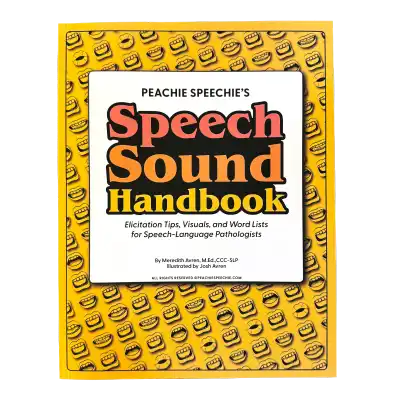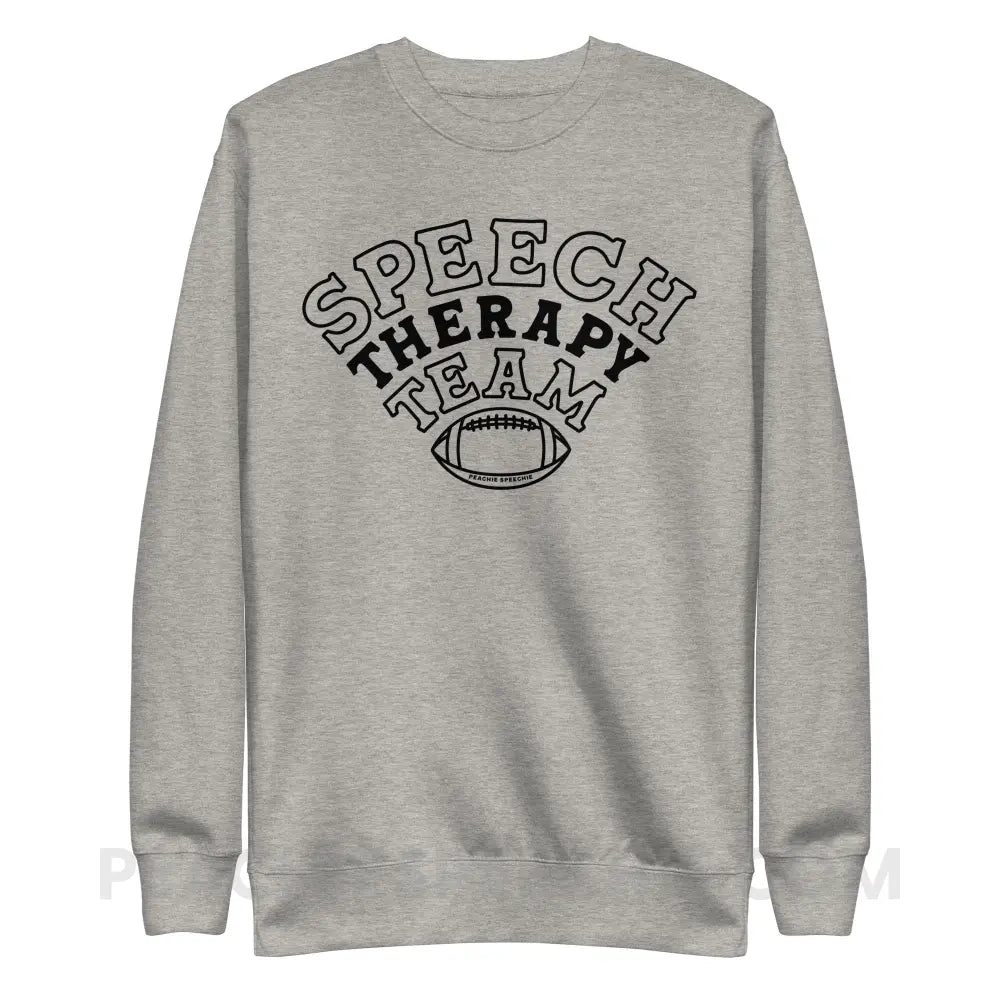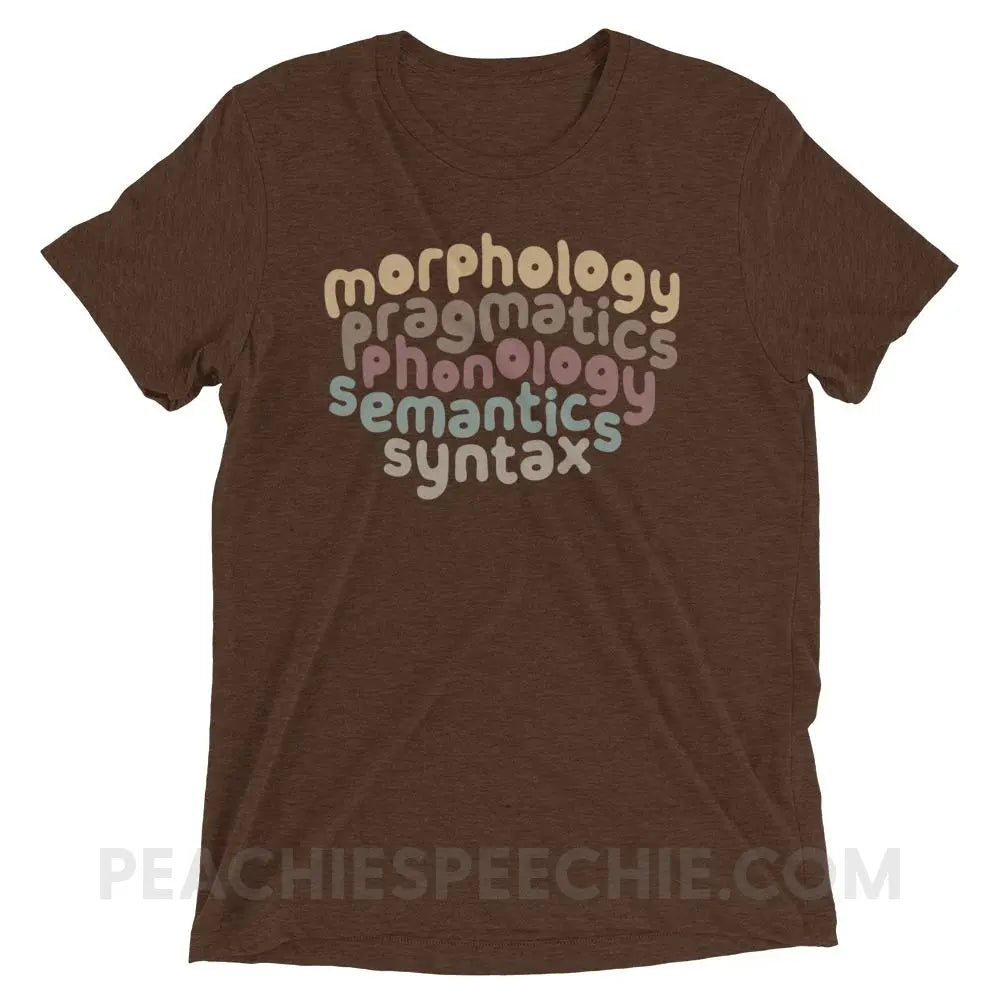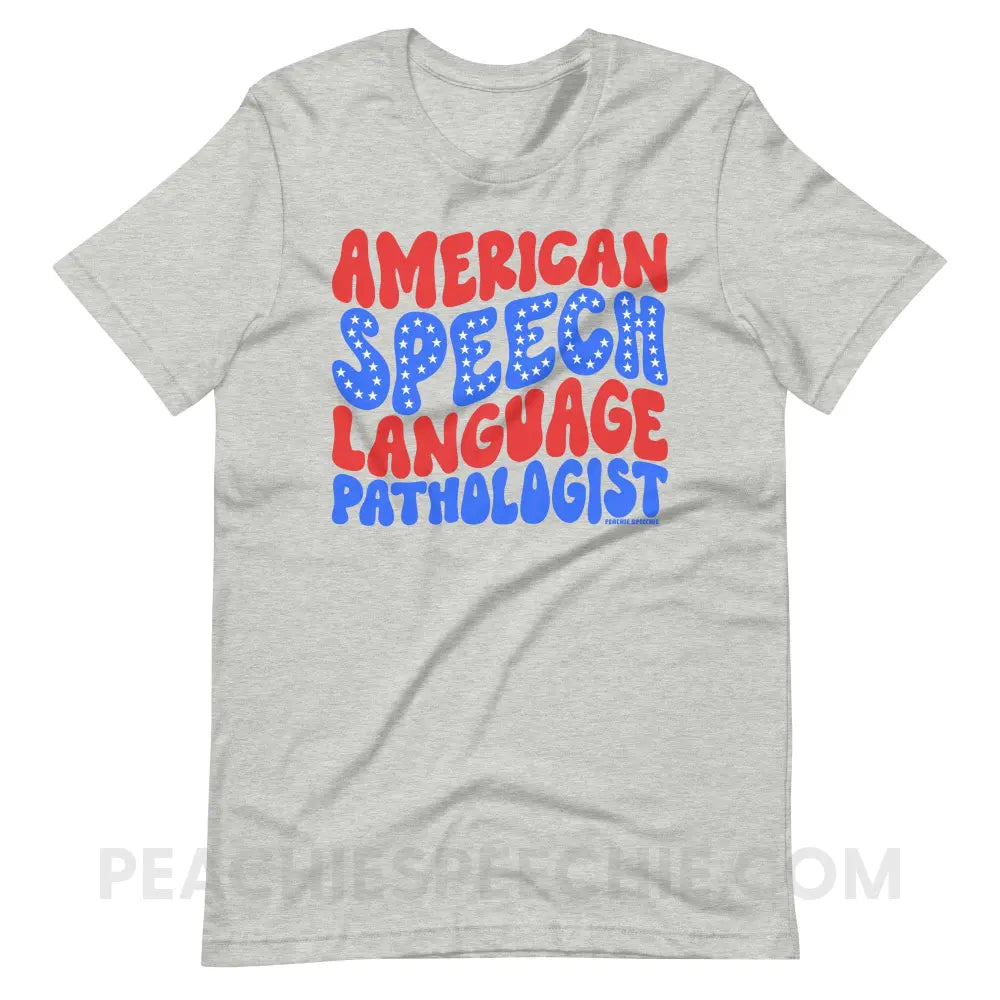What is Animal Assisted Therapy (AAT)?
Animal Assisted Therapy (AAT) is an intervention delivered by a professional with the participation of an animal. While cats, rabbits, and other animals may be used for AAT, dogs are most common. AAT can be incorporated into a variety of disciplines including speech therapy.
Why would I want to incorporate a dog into therapy sessions?
Humans often bond with animals, and there has been research to support the use of animals to reduce stress and calm people in difficult situations. For many youngsters with speech and language impairments, therapy can be challenging! Therapy dogs can provide motivation, be a listening ear, increase communication, and bring a smile to the face of your client or student who is working hard to achieve his speech and language goals.
Can therapy dogs really help with communication skills? What evidence is there to support this?
There is limited research in this area, but there have been studies to support using a dog in therapy to increase communication. A single-subject study carried out with an adult stroke survivor found that the introduction of a therapy dog resulted in an increase in social-verbal as well as social-nonverbal behaviors (LaFrance, Garcia, Labreche, 2007). The Winter 2016 publication from The Stuttering Foundation features an article about the benefits of using AAT with people that stutter. This article also reports “…the presence of a therapy dog is beneficial to learning, but may be particularly beneficial to language-impaired children” (Wilson, 2016).
What does the dog do during a session? What does AAT look like?
Since AAT is goal-directed, the activities will vary based on the client’s therapy goals. Keep in mind that the dog is not doing therapy. The SLP is doing therapy with the participation of the dog. For lack of a better word, a dog is a tool used to help the SLP work with the client during a goal-directed therapy session. So what can the dog do? The dog can participate as reinforcement/ encouragement in the form of high-fives and snuggles. The dog can follow verbal commands to support a goal (commanding “sit” and “stay” while practicing the /s/ sound for example). The dog can be used to work on verbs (pet the dog, brush the dog, feed the dog, etc.) The dog can wear a doggie backpack and clients/students can pull articulation cards out of it to add an extra element of fun to traditional articulation drills! AAT will look different in various situations, so the key is figuring out what works best for your clients and your therapy dog.
AAT will look different in various situations, so the key is figuring out what works best for your clients and your therapy dog.
How can I get my dog certified to be a therapy dog?
A therapy dog needs basic obedience training. Socialization is an important component of this training. Once your dog is trained, you can have him certified. There are a few different organizations that you can go through to become a pet therapy team including Therapy Dogs International (TDI), Alliance of Therapy Dogs, or Pet Partners.



























































































































